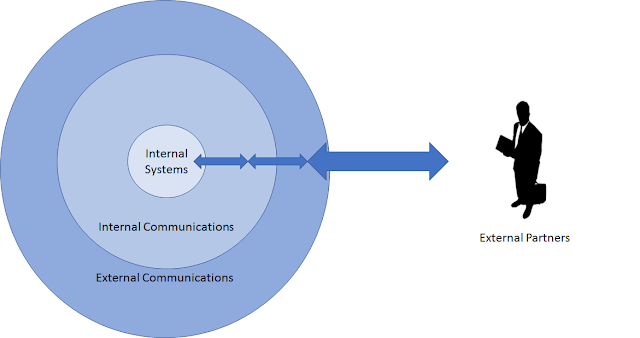The Changing Face of Hybrid Integration
I’ve previously blogged about what most people would think of when they consider hybrid integration scenarios. In this blog I’m going to show that some recent additions to the IBM portfolio are adding to those core scenarios. These additions are not major product announcements but just a few little extra additions to current products that will probably have slipped under most people’s radar.
Whereas I previously discussed how hybrid integration usually consists of whole sets of servers being moved into the cloud; IBM is now enabling much smaller units of work to be placed there. By doing this they are changing the granularity of hybrid integration.
IIB Callable Flows
These little chaps were introduced in IIB v 10 early in early 2016. Callable flows are very similar to sub-flows in that one flow is calling another. However, the difference is that the called flow doesn’t have to be on the same server and embedded in the bigger flow. This design is shown in Figure 1.
 Figure 1 Callable Flows
Figure 1 Callable Flows
Either of these two flows can be hosted on-premise or in IIB on cloud or, a combination. In figure 1 I’ve split them up to show one of the hybrid scenarios where the calling flow is on-premise and the callable flow (the top one) is hosted on IIB in the cloud.
There are various reasons as to why you would want to split your flow up like this. Perhaps you don’t own the callable flow and someone else is hosting it for you or perhaps it’s making use of function that is only available on the cloud. The reasons could be numerous. However, the key point is that with callable flows you can break function location down to achieve your optimum outcome. In the past you would have to have wrappered your remote flow in a service but with callable flows you can call it, as-is, from within a standard flow. This negates any wrappering and maintenance overhead that wrappering implies and keeps your logic within the same programming environment.
Message Connect
Message Connect is the latest offering from the MQ stable. In its current format it allows MQ to send messages into the IBM BlueMix environment from an on-premise MQ.

Figure 2 Message Connect to MessageHub
IBM is touting MessageHub as its Messaging environment on cloud and so the messages that are sent from the on-premise Queuing system can only go into MessageHub hosted on BlueMix. However, this is not a big loss for many of the scenarios where I can imagine this technology being used. Figure 2 also shows that the MQ team have enabled Twitter, Cloudant and Force.com messages to be sent to MessageHub using the same technology. I would watch this space for more ‘adapters’ in the near future.
Unlike the IIB callable flow offering MessageConnect doesn’t, currently, allow two way flows so the message can’t come back to the originating system. However, again, watch this space for that function as I’m sure it will happen (you could always use a callable flow in the mean time;-).
Again, my main point in highlighting this technology is how IBM is enabling hybrid scenarios from all sorts of new directions. In this particular instance they are enabling cross-premise (hybrid if you will) messaging scenarios from on-premise MQ to BlueMix without having to switch out to an SOA or API architecture. I can easily see scenarios where an on-premise ‘legacy’ solution wants to take advantage of some new-fangled code out in the cloud written by “those guys with the purple shoe laces”. What this tech does, in the same way the callable flow tech does, is enable that hybrid integration scenario without having to wrapper either end in a service and expose it using different technology and yet more infrastructure. I can just connect from where I am and with what I have.
Conclusion
Most hybrid integration scenarios are centred around pushing out whole sections of servers and functionality to the cloud. This often involves a huge amount of effort and more risk than some projects will allow.
With the likes of IIB’s callable flows and MQ’s Message Connect IBM is reducing that risk and decomposing problems into much finer pieces. It’s now possible to continue to construct projects on-premise as before and, only when necessary and appropriate, hop out to the cloud. By introducing these seemingly small pieces of function IBM is showing that hybrid integration in the future is actually about putting chunks of logic where you need them and in the format that you need them and not just about those larger patterns that we’ve become used to.


Comments
Post a Comment